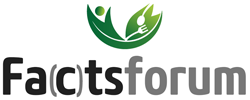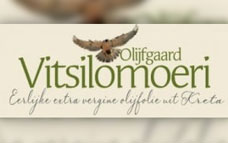Ik heb de indruk dat mijn neuropathie symptomen erger worden door het drinken van kombucha. Daarbij vraag ik mij of dit komt doordat er
1. nog teveel suiker inzit
2. eventuele toxines in zouden kunnen zitten die ik niet kan zien/ruiken of proeven
3. er misschien candida in zit
Mijn eerste punt zal wellicht juist zijn. Hier een quote uit een
artikel over myths vs facts ivm kombucha:
Silvia (in the comments below) did the math and noted that 16 grams per cup is the amount of sugar added when you begin the kombucha brew, so how is it possible that it’s still that concentrated at the 7-15 day mark? Here’s why: In the first stage of fermentation, the yeast uses the minerals from the tea to produce enzymes that separate sugar into glucose and fructose. At the 7-day mark, that’s as far as the process has gone. The sugar is easier to digest, but hasn’t yet diminished in concentration. By the 15-day mark, it is just starting to eat/diminish the sugar content (3.3 teaspoons of sugar per cup remaining at that point.) The sour flavor comes from the acids that are forming, but that sweet tone is still the sugar, unless you brew it a full 30 days. A study done by Cornell University confirmed these results.
In dat geval zit er nog véél teveel suiker in mijn kombucha en is de zoetzure smaak bedrieglijk indien je denkt dat dit betekent er al veel minder suiker inzit.
Ivm punt 2 zou ook nog kunnen denk ik nadat ik toevallig iets las over fungal poisoning die veroorzaakt kunnen worden door héél kleine hoeveelheden mycotoxines die op voeding kan groeien.
Fungal poisoning: When certain types of fungus grow on food, they produce minute amounts of toxins called mycotoxins. Most fungi-produced mycotoxins are harmless, and even helpful. For example, the antibiotic penicillin came from a fungus, and it is a mycotoxin. Some of these fungi (primarily Aspergillus flavus) produce the very lethal mycotoxins called aflatoxins. Aflatoxins are remarkably potent, often causing disease even when ingested in minute amounts. Aflatoxins can cause disease throughout the body, but are most commonly known for causing acute or chronic liver disease and liver cancer. Moisture, temperature, and composition of the substance the mold is on are the chief factors affecting fungal growth and aflatoxin production.
Langs de andere kant, misschien is dit punt te verwaarlozen aangezien gefermenteerde voeding wellicht veel van die positieve fungi bevatten en hoe meer je van die eet, je beter beschermt bent tegen de slechte?
Ivm punt 3 is het vlgs de
healthyhomeeconomist geen probleem, maar vlgs sommige anderen wel en wordt
kokosnoot kefir in de plaats aanbevolen. Melkkefir is ook een goed alternatief natuurlijk.






